Seresto
Seresto Flea Collar for Dogs over 8kg
ILC: 9310160823274
$64.90
Inside the unique polymer matrix of Seresto® are two active ingredients:
Imidacloprid has been used for many years to protect pets against fleas, and global monitoring has shown it’s as effective as ever.
Flumethrin effectively kills ticks (dogs only).
Flumethrin works together with imidacloprid to provide dual action against fleas and ticks for dogs.
The active ingredients spread from where the collar contacts the skin, over the entire skin surface of your dog.
Sustained release technology
Seresto® is an innovative polymer matrix collar that offers a continuous supply of two active ingredients – imidacloprid and flumethrin. Low doses of these actives are released from the matrix, as needed over time and migrate into the lipid (fatty/oily) layer of your dog’s skin and hair. Actives are not significantly absorbed through the skin, but remain within the naturally water-resistant, lipid layer of the skin and hair – so your dog can still enjoy the water.^ The actives in the skin and hair of your pet kill fleas and ticks (dogs only) on contact, not relying on biting to be killed. The hair and dead skin that your pet sheds naturally each day contain small amounts of actives, killing flea larvae that may live in pets’ surroundings.
^The Seresto® dog collar controls fleas (Ctenocephalides felis) for up to 8 months and ticks (Ixodes holocyclus, Rhipicephalus sanguineus, Haemaphysalis longicornis) for 4 months.1,2 Brown dog tick control is not affected by bathing, swimming or shampooing.1,2 Always use a soap-free shampoo. The effect of shampooing or exposure to water on the efficacy of the collar against paralysis tick (I. holocyclus) and bush tick (H. longicornis) has not been established. Shampooing or frequent exposure to water (e.g. swimming, bathing) can accelerate the depletion of imidacloprid and may reduce the period of efficacy against fleas.1,2 References: 1. Seresto® for Dogs and Puppies Product Label. 2. Stanneck D, et al. Parasit Vectors 2012;5:102.
Clearance Items
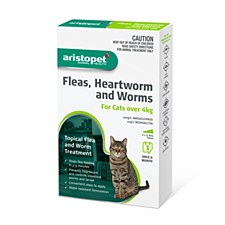
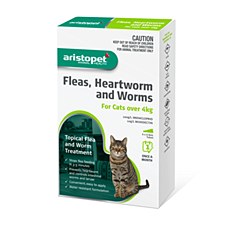
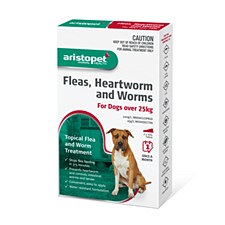

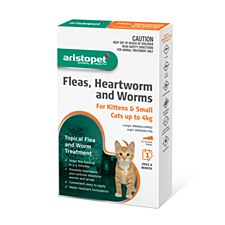
Aristopet
Aristopet Topical Flea & Worm Treatment for Kittens & Small Cats up to 4kg (3 Pack)
$37.95 $22.77
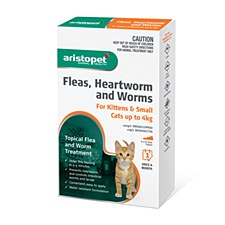
Aristopet
Aristopet Topical Flea & Worm Treatment for Kittens & Small Cats up to 4kg (6 Pack)
$67.90 $40.74
Popular Items

Taste of the Wild
Taste of the Wild Grain Free Canine Pacific Stream 18kg Dry Dog Food
$214.95 $180.90
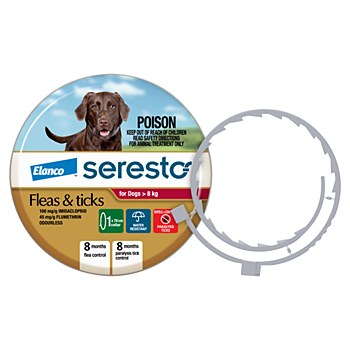

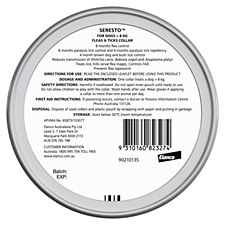
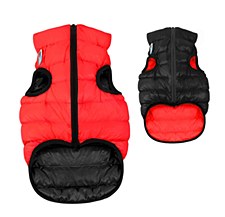
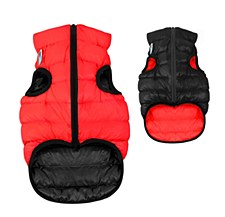

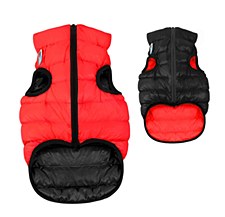
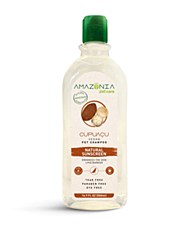
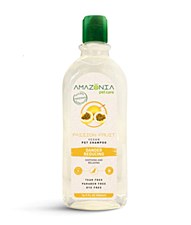

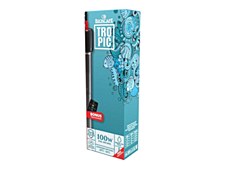
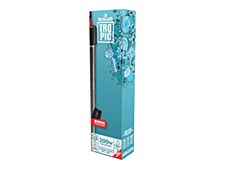
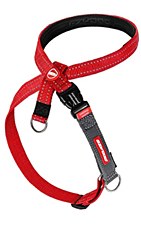
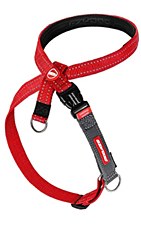

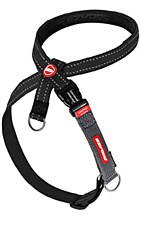
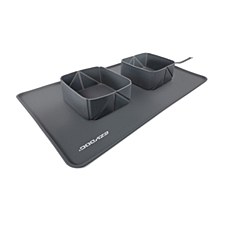
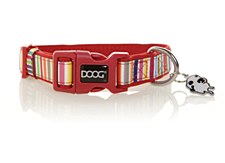
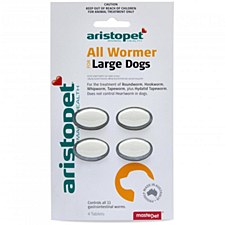
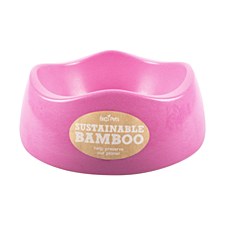
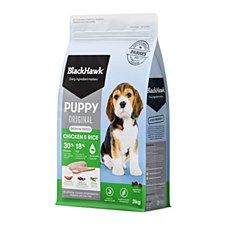
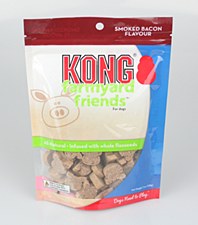
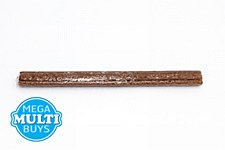



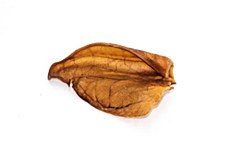
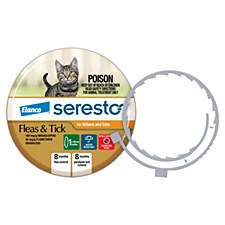
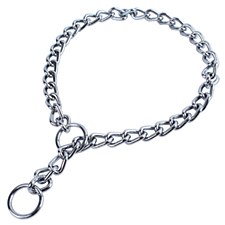
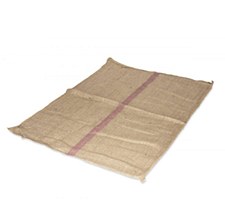
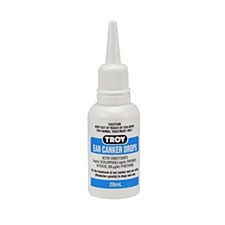
Share: